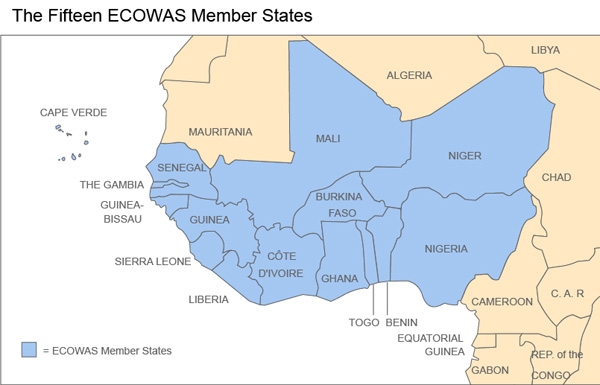On 7 July 2011, the Economic Community of West African States (ECOWAS) convened its first Ministerial Conference On Humanitarian Assistance And Internal Displacement In West Africa in Abuja, Nigeria. ECOWAS members have long been in the forefront of African efforts to develop normative frameworks on internal displacement and this conference was intended to increase understanding and support for the watershed African Union Convention for the Protection and Assistance of Internally Displaced Persons in Africa (Kampala Convention). To support ECOWAS efforts in this regard, the Brookings-LSE Project prepared a background paper which surveyed internal displacement in West Africa and discussed the implications for national governments of ratifying the Kampala Convention, which 11 of the 15 ECOWAS Member States have signed to date. Given continuing—and unfortunately new—displacement in the region since the ECOWAS summit, it seemed timely to update and disseminate an excerpt from the original background paper.
This paper thus offers an overview of internal displacement in the Economic Community Of West African States (ECOWAS) region—which consists of 15 countries as presented in the map below—including displacement resulting from conflict, generalized violence and human rights violations; natural disasters and the effects of climate change; and development projects. The analysis includes a discussion of the protection concerns around particular internal displacement situations, an assessment of efforts to find durable solutions to displacement and a brief summary of laws and policies adopted by governments in the region.
While UNHCR is a reliable source of data on refugee movements in West Africa,[1] collecting even basic data on internally displaced persons (IDPs) is a challenge—particularly when looking at those displaced by natural disasters and development projects. Even finding basic information on the number of people displaced by a particular conflict or disaster is difficult. This is due in part to the fact that most IDPs in the region (and globally) do not live in camps, but are dispersed within host communities. In some cases, governments have established IDP registration systems, but these rarely include all IDPs and are rarely publicly reported. Moreover, there are not adequate mechanisms in place to track multiple displacements or to determine whether or not durable solutions have been attained. In some cases—such as Sierra Leone and Liberia—the national governments, after having made significant efforts to find durable solutions for IDPs, simply concluded at some point that displacement had ended. Moreover, much of the information about the particular needs and vulnerabilities of IDPs is anecdotal in nature.
Understanding internal displacement in West Africa, as in other regions, is an important step in both preventing further displacement and in finding solutions for those who are already displaced. While conscious of the shortcomings in the data, we hope that this report will begin to shed light on the complex displacement situations in the region and will encourage governments and other actors in their efforts to prevent and resolve displacement and to ensure that all those who are already displaced receive the protection and assistance that they need.

* The authors would like to extend their appreciation to the ECOWAS Secretariat, UNHCR, ICRC and OCHA as well as to Marzia Montemurro of the Internal Displacement Monitoring Centre, for their comments on an earlier version of this paper.
[1]See for example, UNHCR’s West Africa profile page: (www.unhcr.org/pages/49e45a9c6.html).



